By Heidi Dahms Foster
Three local women have taken their relationship with their dogs to new heights with national level agility competition.
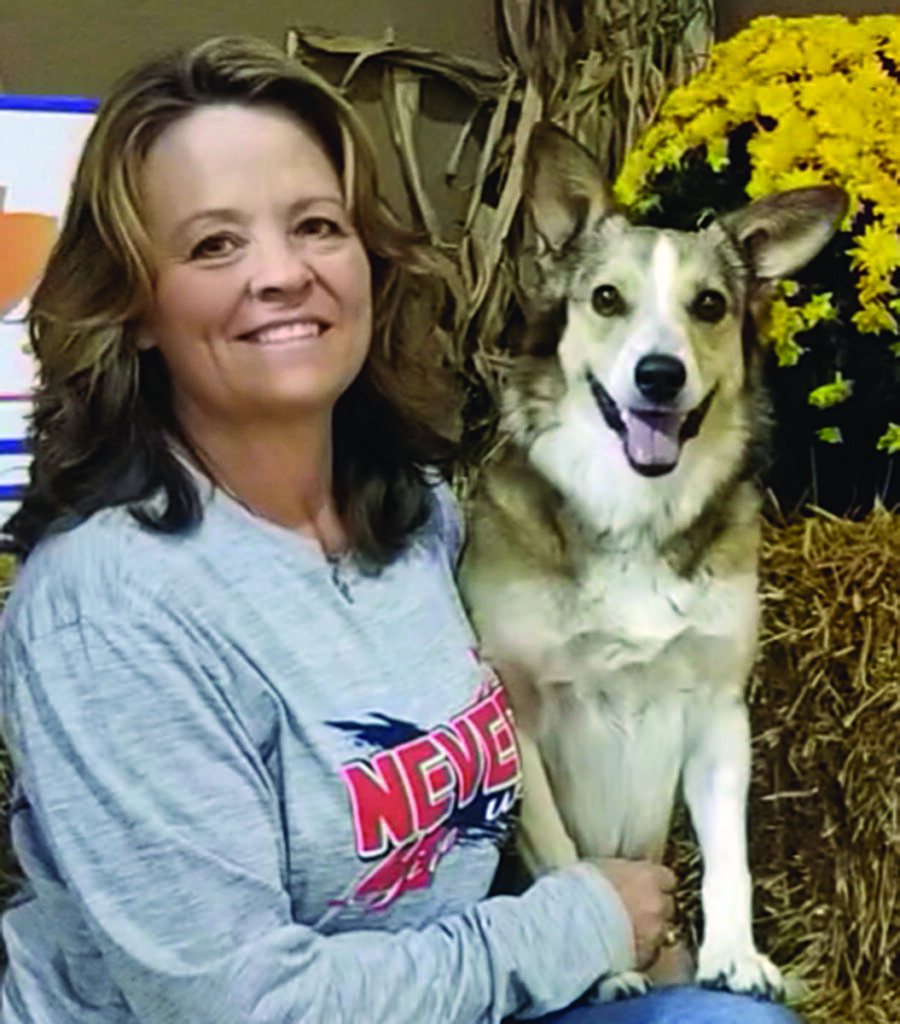
Veterinarian Dr. Leonda Armstrong of Prescott; Emily Ingersoll of Dewey; and Jennifer Coleman of Chino Valley competed in the United States Dog Agility Association, Inc. (USDAA®) 2022 Cynosport® Dog Agility Championship World Games November 30 through December 4 at WestWorld in Scottsdale.
The three had to achieve entry into the event by qualifying in trials through the year, with varied classes of competition. They joined 500 winning dogs for the championship, which returned to WestWorld for the first time since 2018.
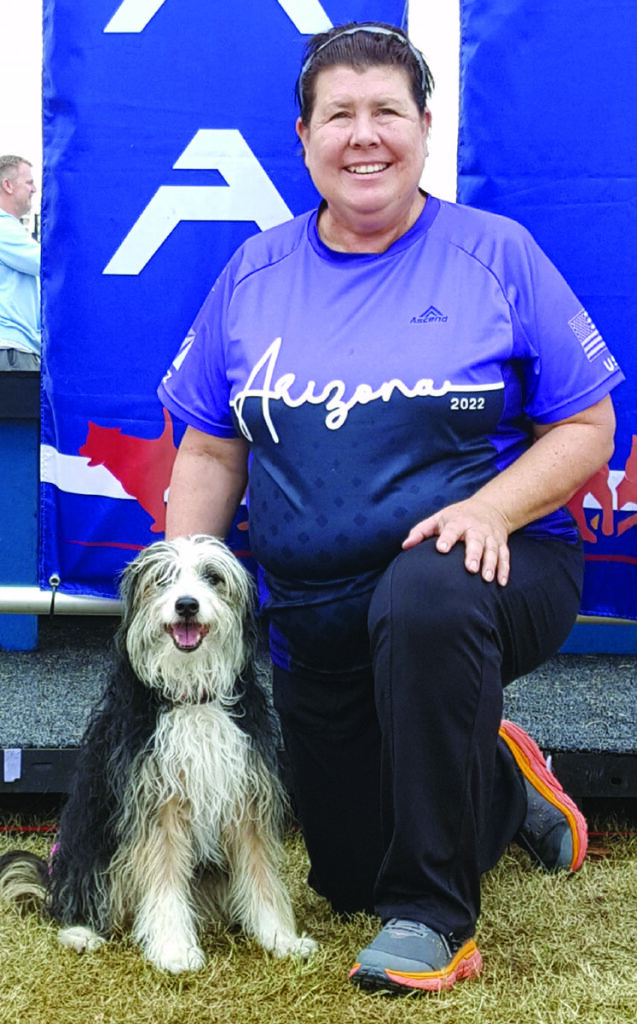
Armstrong, Ingersoll and Coleman had all qualified into semi-final events, and so had high expectations going into the championships. They didn’t disappoint – when the exhausting five days of competition was over, Coleman and her dog Ruckus placed 8th in the Overall Team Individuals in the five days of varied competition classes.
Ingersoll and her dog Phyllis Diller won Masters Challenge Biathlon Champion; Masters Challenge Biathlon Jumpers 2nd Place; and Masters Challenge Biathlon Standard 1st Place; Grand Prix Silver Medal with Grand Prix Semi Finals 1st Place; and 2-Dog Team Overall 10th Place with 2-Dog Team Relay 4th Place; and Team Standard 2nd Place. Her dog Fang placed 7th in the Masters Challenge Biathlon.
Armstrong with Tawnie made it to semifinals in Grand Prix and Steeplechase, advanced to finals in Steeplechase and placed 5th. Tawnie was 5th high individual dog at 12 inches for games (Gamblers and Snooker) awards out of 23. She won team jumpers out of the 23 and was 2nd in team snooker. She was 6th in team gamblers.
The team, The Golden Girls, made up of Armstrong, Coleman and Cindy Perry of Phoenix was 26th out of 56 teams from all over the world.
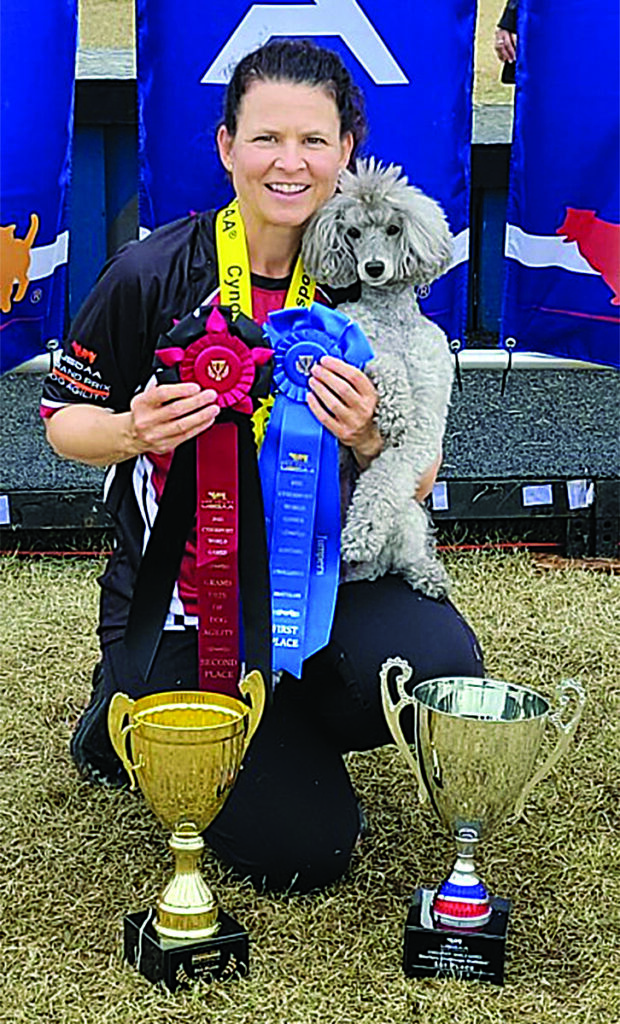
Dr. Armstrong got her start in agility when she was at the point of burnout after 15 years of veterinary work. “I was struggling with working more and more with no outside outlet. It got to the point that I didn’t know if I could do it anymore,” she said.
That’s when Armstrong’s husband, Jim David, contacted local trainer Kathy Bryan, who taught agility lessons in Williamson Valley. Armstrong took her quick little dog Tawnie to see if they’d like the sport. They clicked, and the two have become a formidable team.
Tawnie is a border collie, aussie, corgi mix. Her owner had brought Tawnie’s mother in to be spayed, and that’s when her pregnancy was discovered. A week later, she had seven pups. Armstrong adopted the little fawn-colored Tawnie, and that was the beginning of the story.
Armstrong fell in love with the sport, and knew, “This is what I need.” Tawnie is now nine and a half, and still not only going strong, but strong enough to be competitive at the highest level.
Armstrong has also added three more dogs to her agility team, border collies 4-year-old Simi, 15-month-old Tallie, and puppy Rhys.
Agility has given Armstrong the outlet she needed. “If it hadn’t been for this sport, I’m not sure I would even still be in veterinary practice,” she said. “This allowed me to find my passion again and regenerate the reason I became a vet. That’s why I also started rehabilitation, sports medicine and acupuncture in my practice. It opened one door after another to refocus my life.”
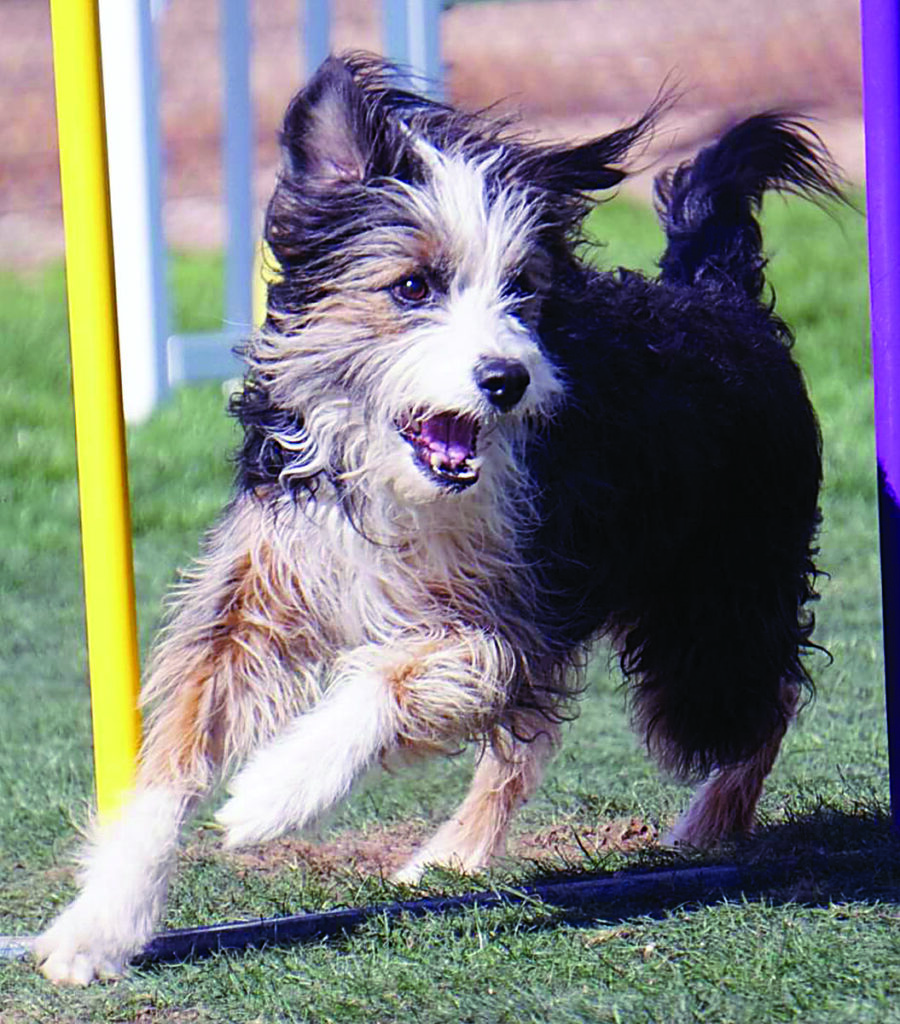
After achieving success in Australian Shepherd Club of America-sanctioned agility events with Tawnie (she has two ASCA Agility Championships), Armstrong was looking for something more challenging from a handler standpoint, and switched to the highly competitive USDAA events.
The development of an agility dog doesn’t start with jumps, tunnels and weaves. Armstrong spent a lot of time developing her relationship with Tawnie as a pup through obedience training. “Obedience teaches the basics of movements, motion and focus. Focus is the key in agility. If you don’t have it, you can’t go as far.”
Because Tawnie is small and extremely quick, Armstrong taught her to respond from a distance, and focused on her own running. “The biggest challenge is making sure my timing is appropriate. If I’m behind she’s getting late information. I work to make sure we’re on time and in sync.” Amusingly, Armstrong once timed a knee replacement around her agility trial schedules.
Being competitive and winning are always exciting, but it’s the relationship she has developed with Tawnie that gives Armstrong the most satisfaction. “When she looks at me with the passion and joy for the game, and is always willing to go play, that gives me the ultimate joy,” she said, adding that until a handler competes in dog sport at a high level, they don’t experience the bond that comes from working together toward a common goal.
Jennifer Coleman of Chino Valley competes with her sport mix, Ruckus, who is border terrier, border collie, belgian malinois and whippet. Coleman asserts, “All of them are there!”
The 2022 Cynosport competition was Coleman’s first and she was beyond excited. She got started in agility while living in California. “I was driving home one day, and took a different route. I saw a field with agility equipment, and someone out there running. I found an instructor and started lessons with the border terrier I had at the time. My dog was naturally great at it and that got me started,” she said.
Coleman said after she moved to Arizona it took her awhile to find another instructor, but once she started lessons again in 2005, she was hooked and never looked back. Armstrong, Coleman and Ingersoll all train with Stacy Goudy of C Spot Win in Phoenix.
Ruckus is Coleman’s third agility dog. She is 11-1/2 years old, and still running competitively. “I’ve had her for nine years, so I’m doing something right!” she said. “When I first got to Arizona, I was still just beginning to watch Cynosport, and I was in awe. It was like the Olympics for dog agility. I was so excited, and now I’m finally going and running with my dog – it has been a dream of mine to compete there with Ruckus. It’s super special to make that accomplishment.”
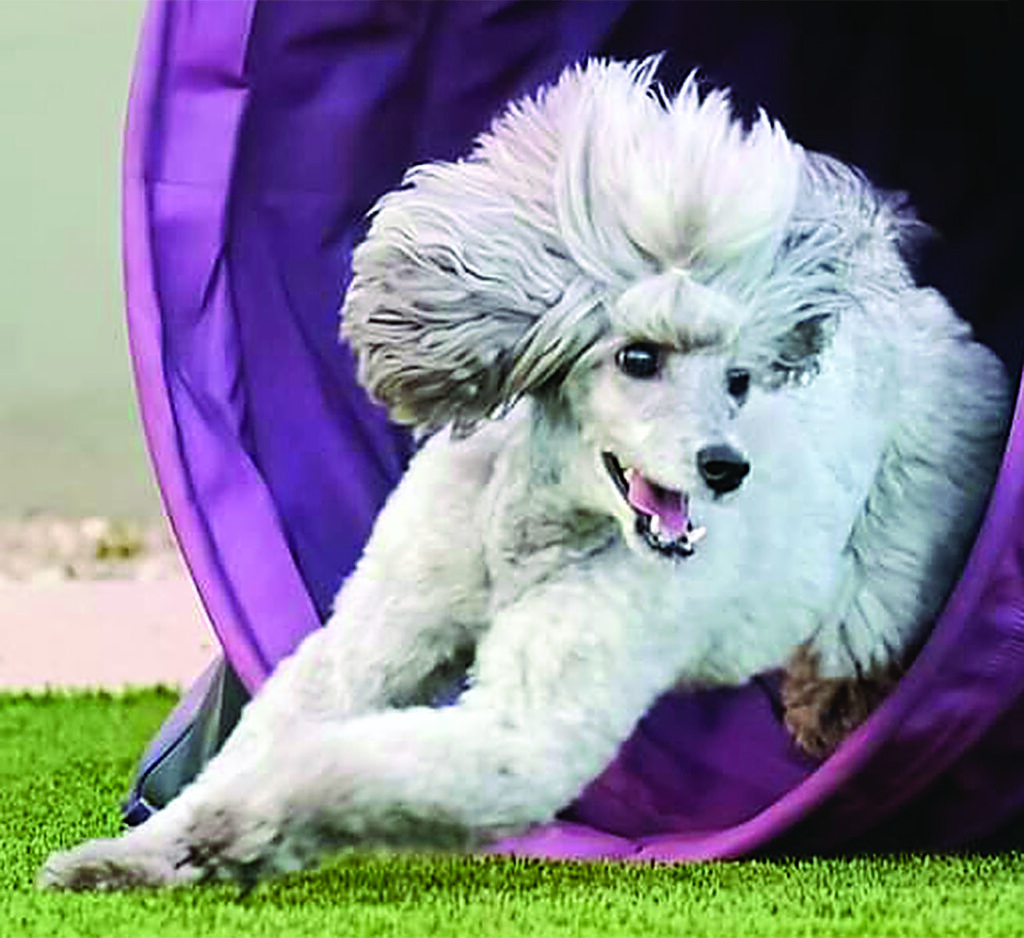
Coleman, along with Armstrong and Ingersoll, all pre-qualified for the semi-finals so they had a leg up going into this year’s Cynosport. “We all train together, we’re all friends, and we compete together. When you are out there on the course, you run against each other, trying to be your best. But it’s amazing to go with friends,” she said.
Coleman overcame health issues this past year to compete in Cynosport. She works out with an online program of Yoga and Crossfit to keep herself fit. “Ruckus is one of a kind, an incredible dog. These dogs give everything, and you want to give all you’ve got. Agility keeps getting faster and more competitive, and we have to keep bettering ourselves.”
The connection that comes from training and competing with her dog is something special, she said. “It feels like a dance, like having the perfect dance partner.”
Emily Ingersoll competes primarily with her miniature poodle, Phyllis Diller, and her border collie/papillon Fang. Phyllis is eight, and Ingersoll adopted her from Arizona Poodle Rescue. She saw Phyllis at a rescue event and fell in love. A friend saw Phyllis’s photo on Facebook and said she looked like Phyllis Diller, and the name stuck.
Fang is a three-year-old border collie mix. Ingersoll had started agility with shih tzus and poodles, so she hadn’t worked with herding breeds. “He’s teaching me a lot, and he’s larger so I’m learning how to run a big dog. It’s different, they land in different spots than a small dog. He’s very agile and very smart.”
Ingersoll got her start in agility with a poodle mix named “Fozzie Bear.” “He was a handful, and I needed to do something, so I took him to obedience class. They suggested flyball and agility. I tried agility and fell in love with the sport.”
Ingersoll is another agility enthusiast who loves the bond she develops with her dogs through the sport. “I didn’t know what kind of bond I could have with my dog until agility. It changed my relationship. I got started in lessons locally, and then after a year entered my first competition with my shih tzu, Suki. She was first in the nation for a couple of years, which was unusual for a shih tzu. Ingersoll was running Fozzie at the same time, but Suki caught on more quickly.
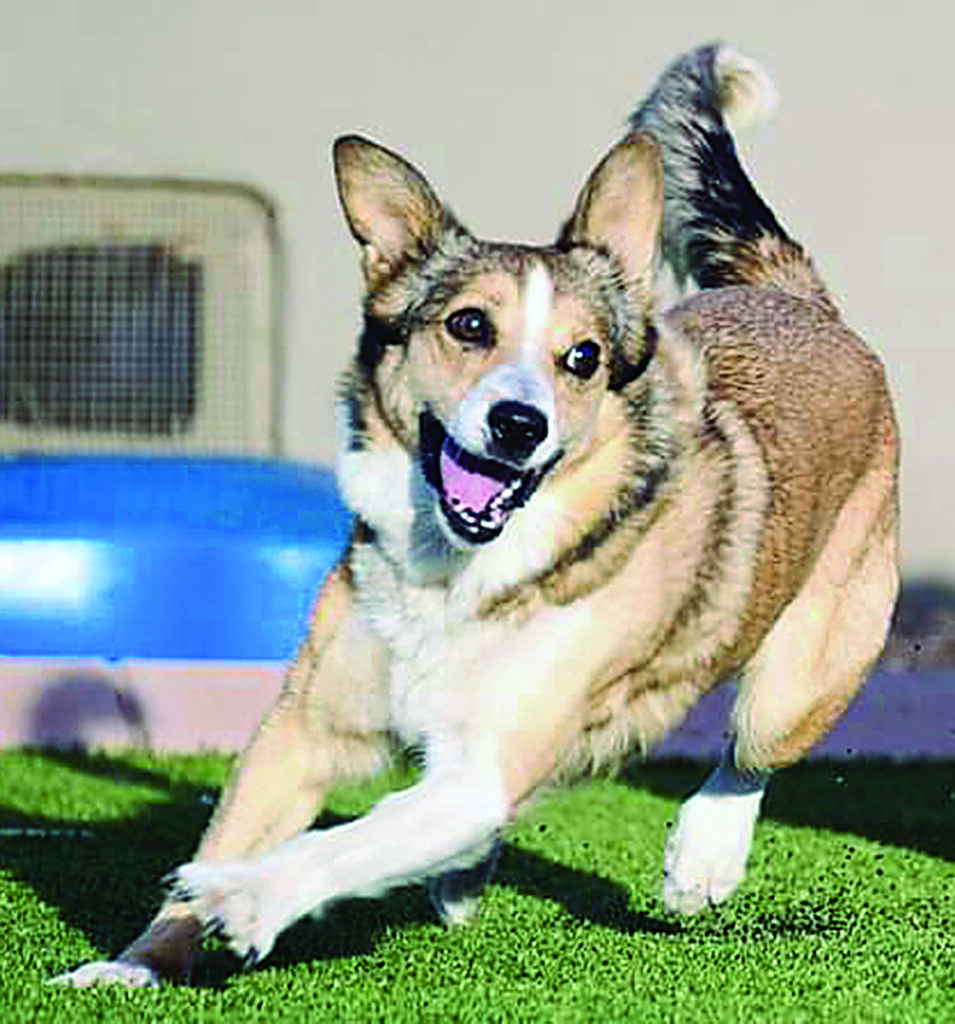
“Fozzie eventually figured it out. He was hard to beat, he was so fast. When he ran clean, we usually won. I took them both to the Westminster Kennel Club show in New York City, and Fozzie made it to finals. It was very exciting, a big deal. He was wild, but it didn’t matter if he was eliminated, he was still fun to run.”
When Ingersoll first began training Phyllis, the dog was nervous and unsure. But as her confidence kicked in, she started running, “Really fast!” She continued to gain confidence, and when the team was invited to the Purina Incredible Dog Challenge, complete with cameras and all of the other happenings of a big event, Phyllis handled it with calm and focus. “She just ate it up, she was great!” Ingersoll said.
Ingersoll said now that she’s in her 50s, she works harder than ever to keep in shape. She focuses on injury prevention with a trainer who designed a program for agility handlers. Agility is not only a highly athletic sport for the dogs but for the handlers, too. “I did so much to keep the dogs in good condition, I want to also be the best part of the team I can be.”
United States Dog Agility Association, Inc. (USDAA) is the world’s largest independent authority for the sport of dog agility, with more than 50,000 registered competitors and more than 200 different breeds of dogs, including mixed breeds. USDAA is dedicated to promoting dog agility as a recreational family sport that fosters responsible pet ownership. For more information, visit usdaa.com.

